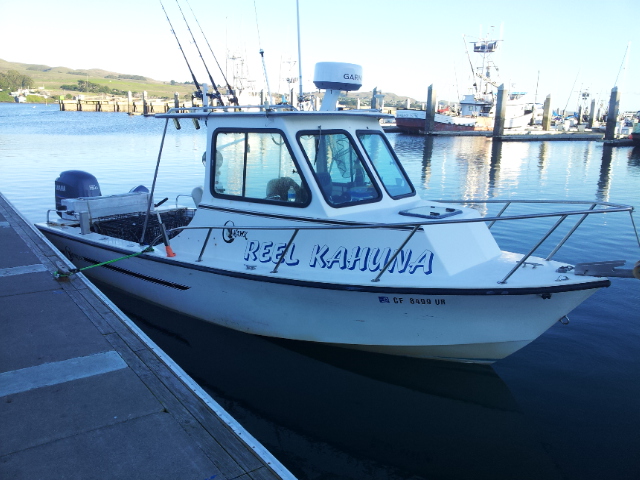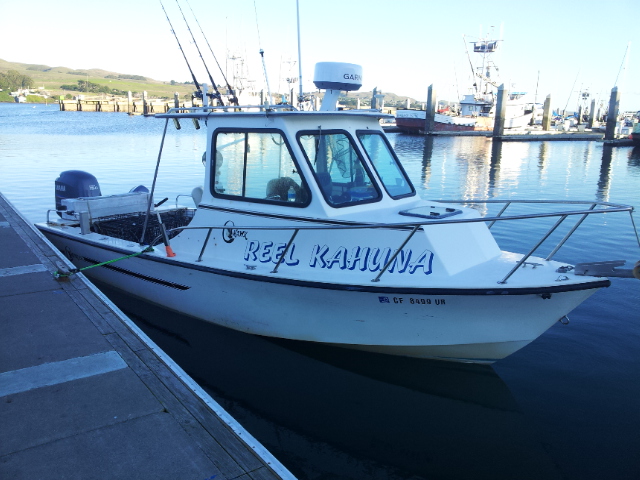Greetings,
Mr. ps. I would think if the weather was snotty enough, suggesting peril, we would be wearing PFD's in the pilot house. I NEVER go looking for bad weather but if caught out...
I fully appreciate the possibility of being knocked unconscious and therein lies the conundrum.
I follow but not really...
If the weather is snotty and you are inside....how are you going to need a life jacket unless going in the water?
If you are inside...the only way you are going in the water is if the bilge is full to the main deck or you roll over.
If you roll over and start to sink...as been said...do you want an auto on? or even...most people in a rollover become so disoriented...the probability of getting trapped and drowning even with a manual on is pretty high.
If you are just sinking...alarm abandon ship..everyone grab their strategically placed PFD, don it and proceed to the point of disembarkation.
Unless you are a well trained, physically fit crew...exiting a cabin full of water and rapidly sinking from a rollover is pretty iffy...especially if the water is below 60 degrees and takes your breath away quickly....
My suggestion is just buy autos and leave them hanging by the door...if the weather gets snotty enough that a rollover is possible...chances are you are pretty well set in one position hanging on and the life jacket should be next to you.
I also believe in having the autos to wear when working out on deck...but also standard offshore jackets in a bag on the flying bridge. If conditions warrant, they can be brought down or left to surface in case of a rollover.
But again...I see myself in the water in a few situations where the auto wins hands down.
That may not be for everyone...but considering what I do and have done around the water...it would take a lot to convince me otherwise...certainly WAY more than an auto inflating inside a cabin in the 1:1,000,000 chance of my boat rolling over.
I see the greatest threat to an old trawler like mine being a fire more than flooding and certainly with good seamanship a rollover.
Then again I'm not taking my tub for serious bluewater...but I still think my reasoning holds....
 The last was to wrestle a line out of the wheel. Down to shorts and in!! Used the wife's serrated knife for what seemed to be record in line removal!!.
The last was to wrestle a line out of the wheel. Down to shorts and in!! Used the wife's serrated knife for what seemed to be record in line removal!!. 
 The last was to wrestle a line out of the wheel. Down to shorts and in!! Used the wife's serrated knife for what seemed to be record in line removal!!.
The last was to wrestle a line out of the wheel. Down to shorts and in!! Used the wife's serrated knife for what seemed to be record in line removal!!. 









